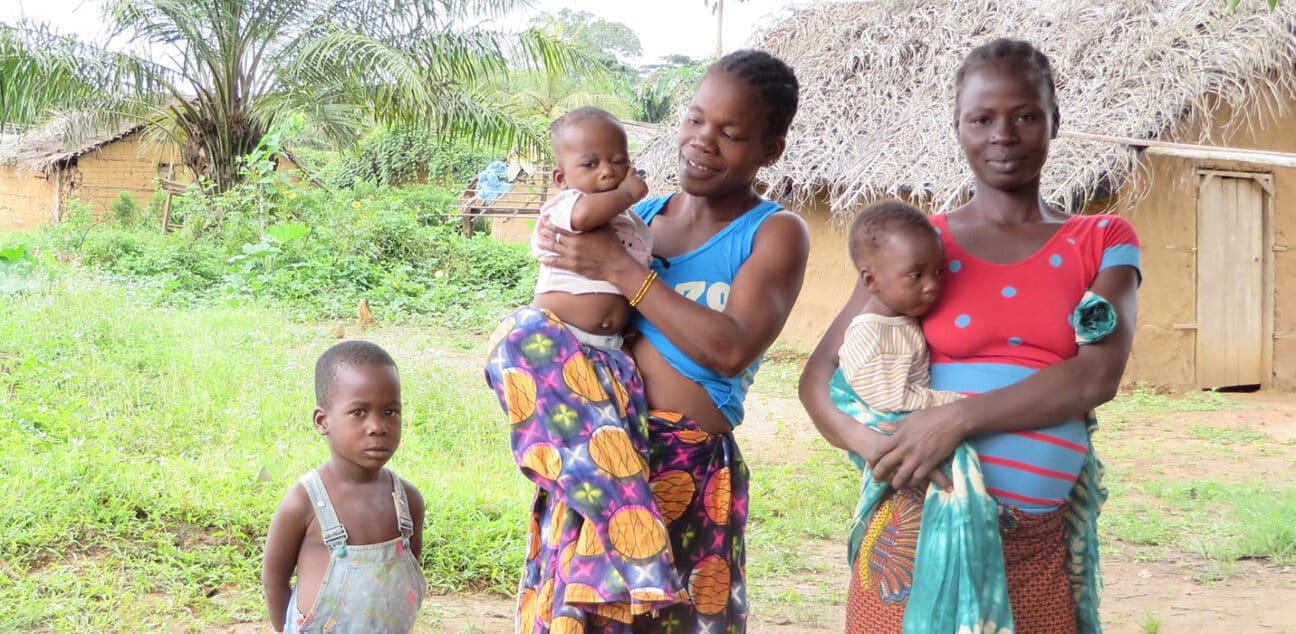Trends in cross-sector partnering for INGOs
30 June 2020Bond and The Partnering Initiative
Type
ReportMajor shifts are taking place in the context within which development and humanitarian partnerships operate. Our new report looks at the key trends which are currently influencing INGO partnerships.
This brief study is based on survey questions and interviews with a range of humanitarian and development actors. We look at the ways in which INGOs and NGOs are responding to these changes and possible future scenarios.
The report explores six trends:
- Localisation: As donors provide funds at national level, more partnerships focus on supporting financial and programme management capacity in-country: shifting power and decision-making closer to the areas of need, making interventions more efficient, and mitigating the top-down model. However, putting this aim into practice is challenging when combined with increasing donor compliance requirements. For some INGOs, localisation is a challenge to their “business model” and survival.
- Increasing compliance requirements: INGOs face increasingly stringent regulatory frameworks for financial management, reporting and safeguarding, which they are in turn passing downstream. This can make it difficult to work with small local partners, who may lack the capacity to comply. Instead, some INGOs and NGOs are having to work with larger ones, which can meet the requirements.
- Increasing risks and pressures on NGOs: Governments and non-state actors are introducing laws and regulations, which make it harder for NGOs to operate, and use physical threats to silence and intimidate NGO staff. Many of these measures seek to make it harder for NGOs to partner with international and bilateral institutions, with at least 60 countries adopting laws that restrict access to foreign funding. Often it is those who challenge vested interests in governance, human rights or environmental change, or those who work with marginalised groups, who are most at risk.
- Consortia and multi-stakeholder approaches to partnering: The complexity and level of challenge of the Sustainable Development Goals (SDGs) necessitate new and larger alliances, and the formal consortium model is pushed by donors. Well-managed, multi-sector working can bring together complementary knowledge, skills and resources. Or it can result in longer lead times and higher transaction costs. Some organisations are moving towards a more strategic approach of long-term alliances with common interests.
- Changing funding mechanisms and the role of NGOs: Reductions in funding coupled with increasing needs are leading to more competition between NGOs, making traditional partnerships more difficult. Trusts and foundations are becoming increasingly involved in direct funding. This is driving a focus on efficiency and value-for-money, as INGOs have to defend their role.
- Partnering with business: The role of the private sector as a partner is changing. Corporates are increasingly pushing to bring their expertise, not just their money, into partnerships. Business can bring innovative approaches and a new perspective, as well as funding, while links to the market offer a higher chance of change becoming mainstreamed. Where interests are aligned, engaging the private sector brings huge opportunities, but there are also risks of facilitating corporate interests which conflict with the interests of communities.

